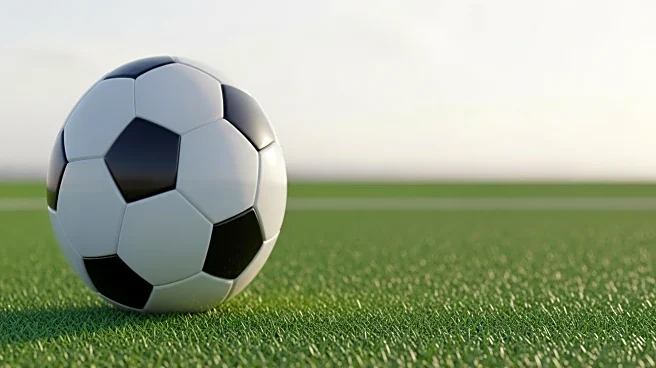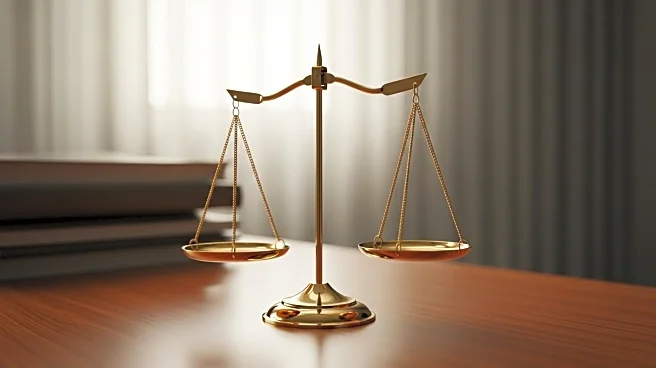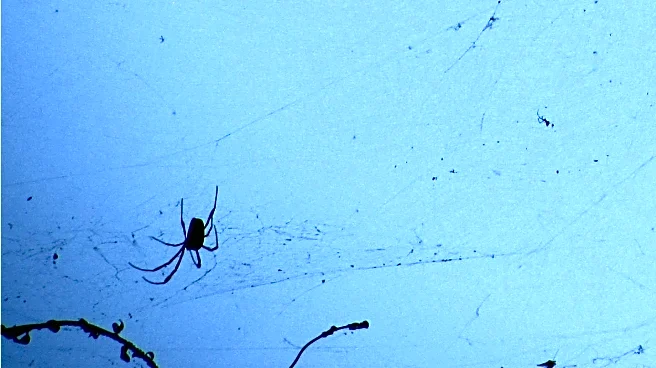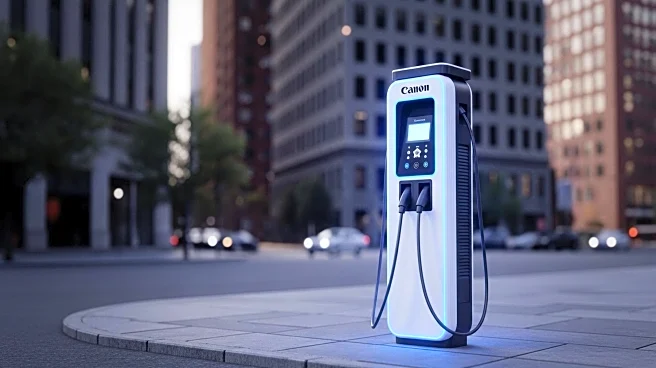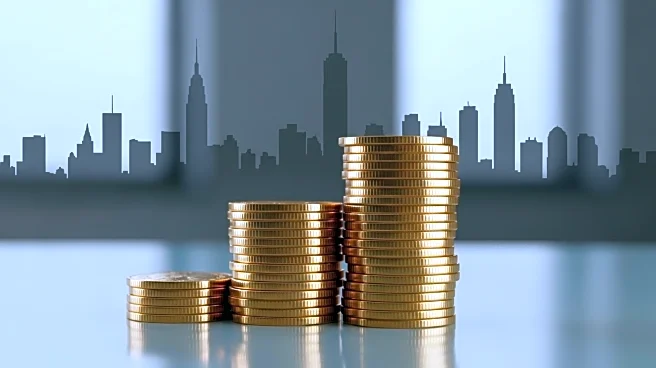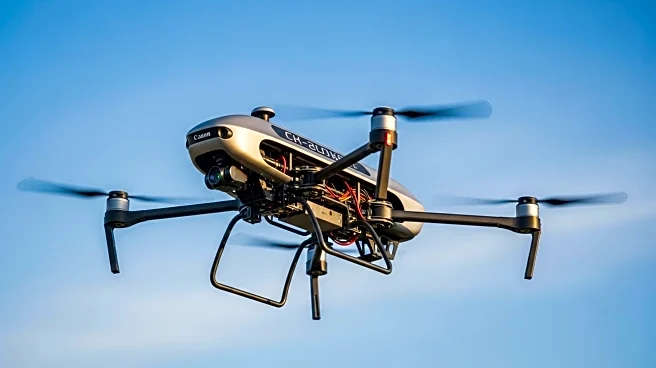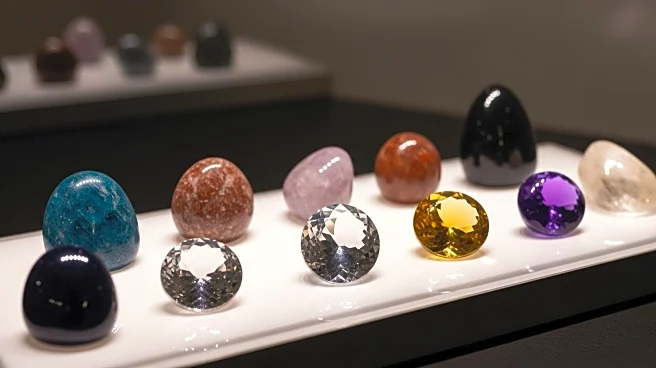What's Happening?
Artificial turf, widely used in sports fields across the U.S., is under scrutiny due to safety concerns. The turf, made from plastics and containing crumb rubber from shredded tires, is believed to pose health risks due to toxic chemicals like petroleum compounds, metals, and lead. These chemicals can be released when the fields heat up, potentially affecting players, especially children. Government officials in California and Vermont have restricted the use of turf fields due to worries about PFAS, known as 'forever chemicals,' and other hazardous materials. The NFL Players Association and health experts have raised concerns about increased risks of injuries such as torn ligaments and sprained ankles on artificial turf compared to natural grass. Despite industry claims of safety, studies have shown higher incidences of lower-extremity injuries on artificial turf.
Why It's Important?
The debate over artificial turf safety has significant implications for public health and sports safety. With thousands of synthetic fields installed annually, the potential exposure to harmful chemicals and increased injury risks could affect millions of young athletes. The restrictions imposed by states like California and Vermont reflect growing concerns about environmental and health impacts, potentially influencing policy decisions nationwide. The controversy also highlights the need for further research into the long-term effects of exposure to chemicals found in artificial turf, particularly for children who are more vulnerable to these risks.
What's Next?
As the debate continues, more states and local governments may consider restrictions or bans on artificial turf, especially those containing recycled tire materials. The industry may face increased pressure to develop safer alternatives or improve existing products to mitigate health risks. Stakeholders, including sports organizations, schools, and parents, will likely continue to advocate for safer playing environments, potentially leading to changes in regulations and industry standards.
Beyond the Headlines
The controversy over artificial turf also raises broader environmental concerns. Critics argue that turf fields disrupt natural ecosystems, affecting soil health and biodiversity. The reliance on synthetic materials reflects larger issues of plastic pollution and sustainability, prompting discussions about the environmental impact of sports infrastructure.
